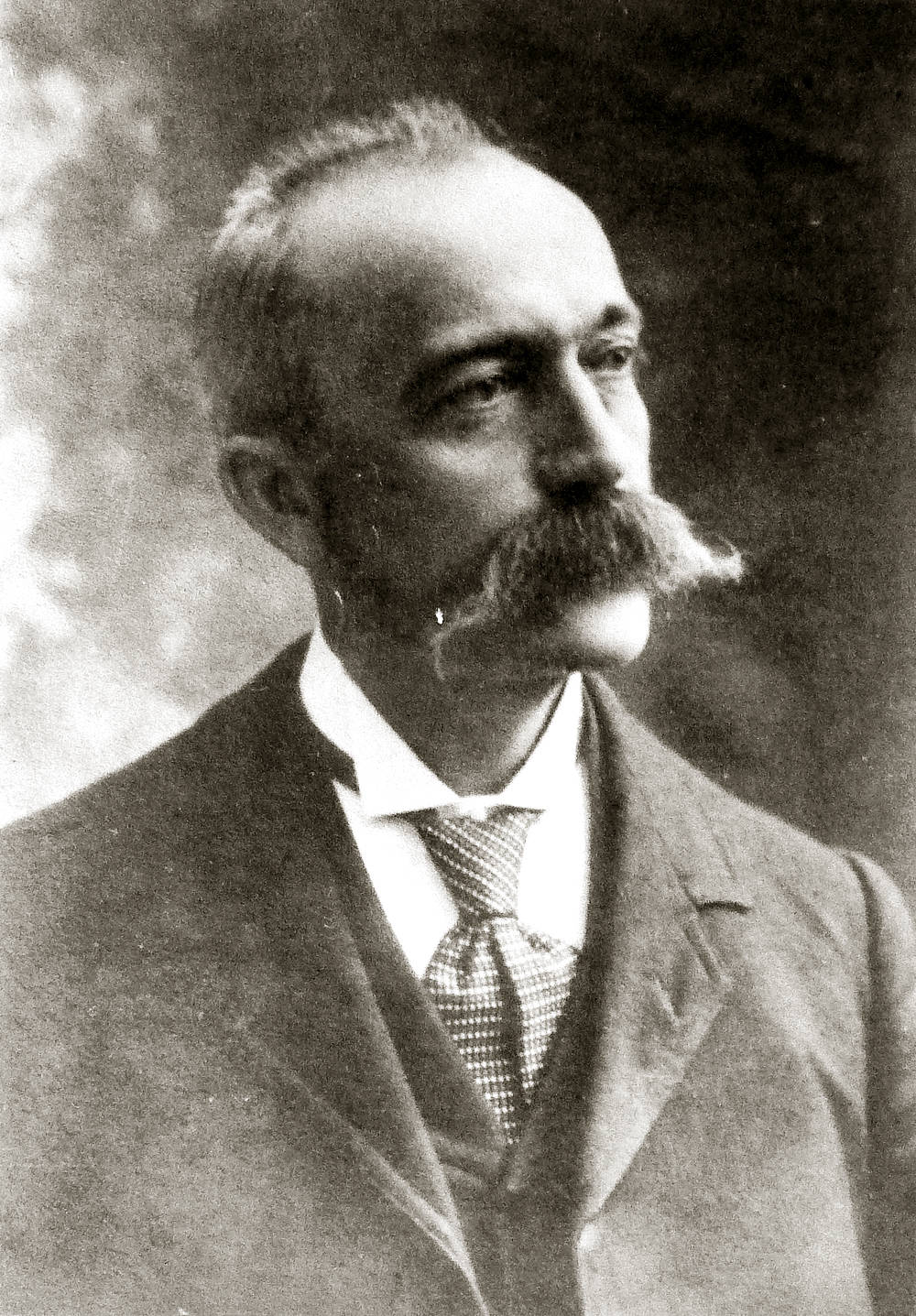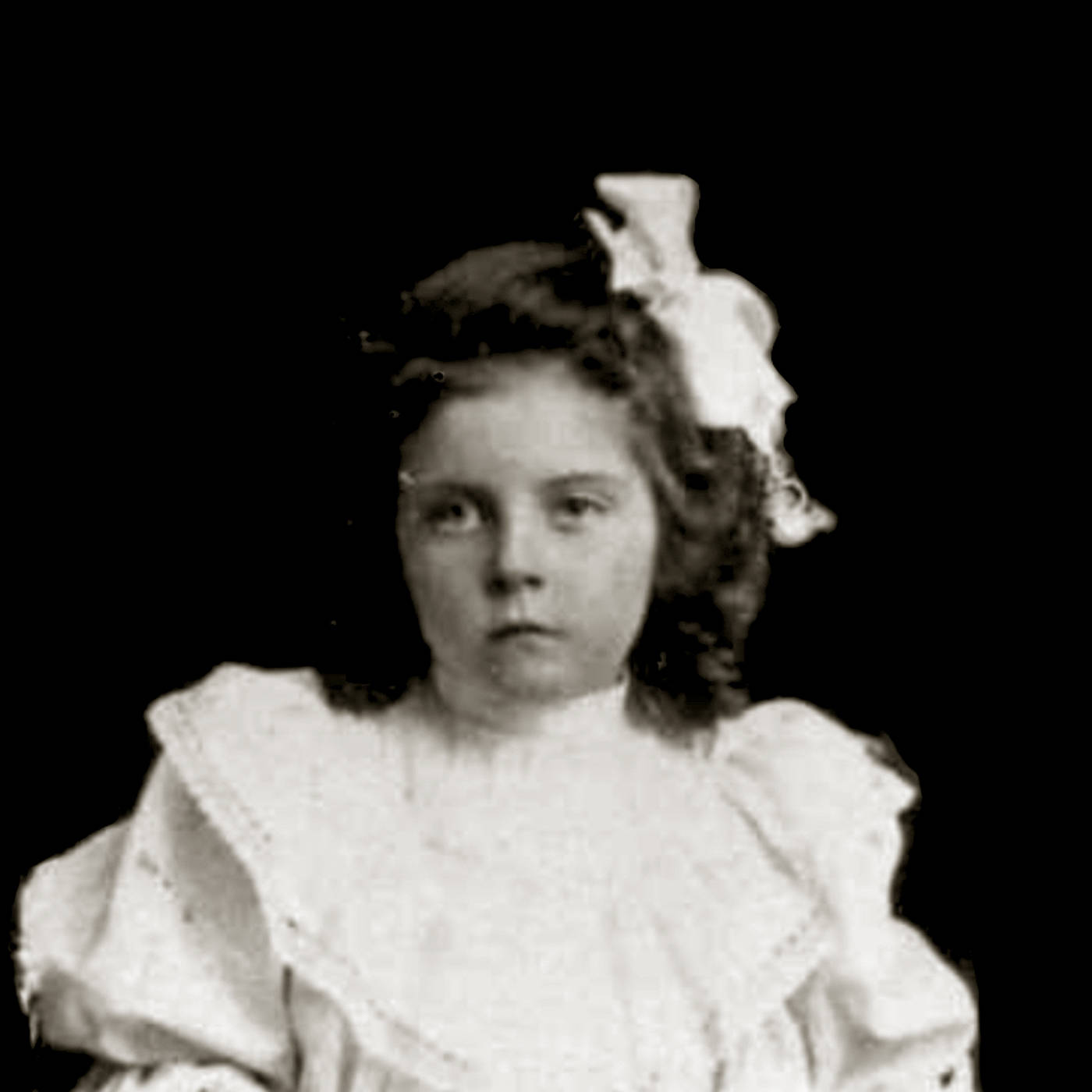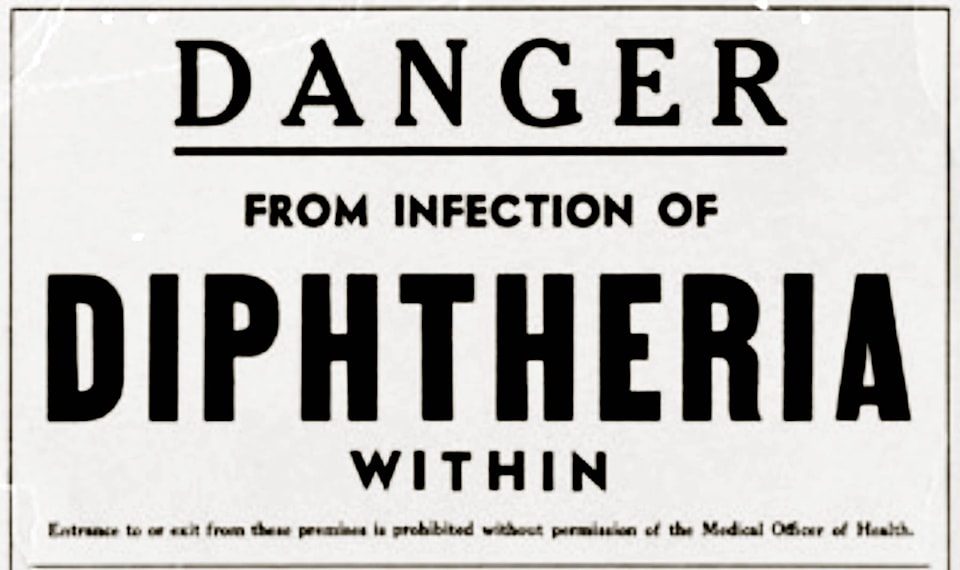By David Gregory
Five years after Summerland was incorporated, our community experienced its first epidemic.
There had been isolated cases, of typhoid, scarlet fever and tuberculosis, but in 1911, Summerland had its first cluster of infectious disease: diphtheria.
Diphtheria is one of the dreaded childhood diseases. It is a contagious bacterial infection that damages the throat area and can obstruct breathing. This infection has a 10 per cent fatality rate.
On Dec. 9, 1911, the first case of diphtheria was reported and almost immediately a second case was found in the same house in Summerland.
Also on that same day, two other families had contacted diphtheria.
Reeve James Ritchie ordered closure of schools churches and any assemblies. The schools remained closed until after Christmas.
READ ALSO:
READ ALSO:
There was a planned assembly for the newly formed Boy Scouts that was also cancelled.
In 1911, a vaccine was not available. The only treatment for diphtheria was antitoxin.
The antitoxin was derived from serum taken from healthy horses that had previously been inoculated with diphtheria and had developed immunity. The antitoxin was most effective when given to patients at the earliest stage of infection.
In addition, the district of Summerland enforced procedures to reduce the spread of infection: isolation, house quarantine and house disinfection.
On Dec. 10, 10-year old Ruby Thompson, daughter of John and Ann Thompson, succumbed to the disease.
By Dec. 11, five additional families were affected. These families were ordered to remain in their homes and their homes disinfected.
Two days later, the administration of antitoxin began.
By Dec. 14, two more families with three to four cases were reported. The spread of diphtheria continued with two more infected families being reported.
Summerland’s medical officer, Dr. Charles Smith, ordered the quarantine of the family members to their houses and instructed the public to “keep away as far as possible from houses infected with diphtheria.”
The Summerland Review published the names of the families that were suspected of having diphtheria.
Smith speculated that the disease was brought to Summerland and spread first to the junior department of the school.
With the rapid administration of the antitoxin, the seriousness of the disease was reduced and eventually those infected by diphtheria recovered.
One patient who had a particularly slow and difficult time recovering from diphtheria was six-year old Bobby Hatfield, son of Seamus and Roberta Hatfield.
No further diphtheria cases were reported.
The schools were fumigated and disinfected. Hygiene practices within the school were improved.
The school’s “one common drinking cup” was replaced by a sanitary drinking fountain.
With the outbreak of diphtheria in several British Columbia communities, the province passed the School Medical Inspection Act of 1911.
All students were to have a medical exam once a year and the student’s health record would remain at the school.
The diphtheria epidemic prepared Summerland for the next epidemic/pandemic: the Spanish flu from 1918 to 1920.
In the earliest days of the epidemic in British Columbia, Summerland created a special hospital for flu patients and the hospital was operational when the first case of the Spanish flu was reported in the Summerland area.
A vaccine for diphtheria was eventually developed in 1926 and widely used in Canada by 1930.
Today, with Canada’s immunization programs, there have been only five cases of diphtheria in the last 20 years.
As for the slowly recovering diphtheria victim Bobby Hatfield, his full name was Harley Robert Hatfield.
He became one of this province’s preeminent historians. His specialty was historic trails.
He was the historian who rediscovered the settlement of the Priest site at Garnet Lake. Harley Hatfield was honoured by the province with the naming of Mt. Hatfield, a 2,227-metre mountain, located directly behind the Hope Slide.
David Gregory is a Summerland historian.
To report a typo, email:
news@summerlandreview.com.
news@summerlandreview.com
Like us on and follow us on .






